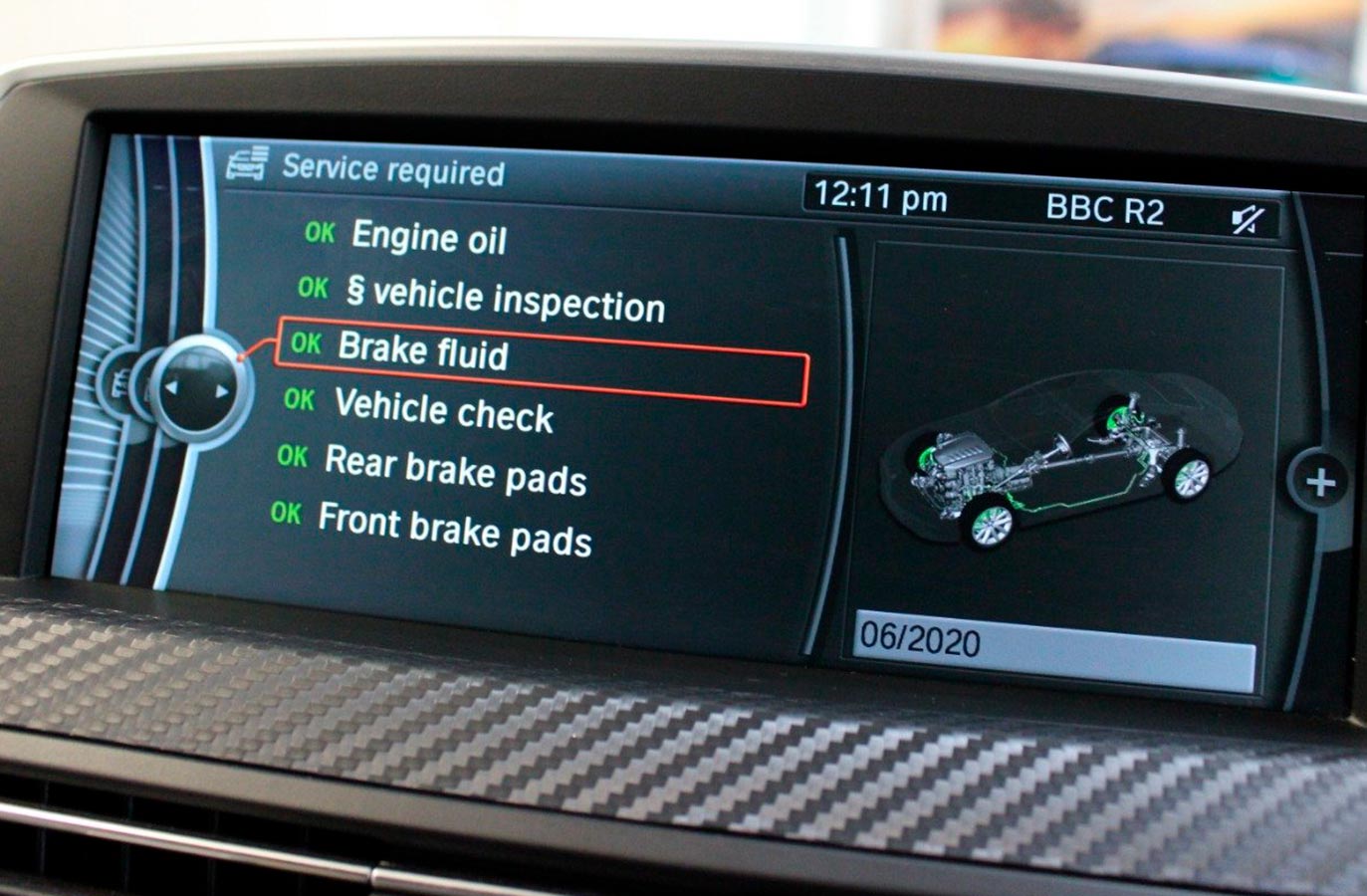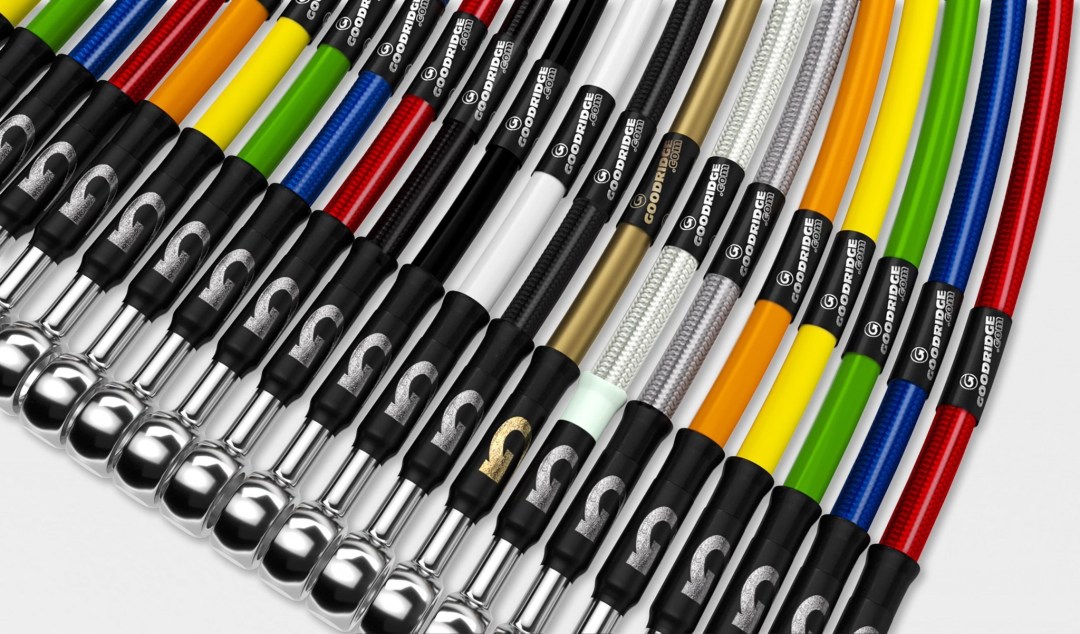Racing Brake Fluid
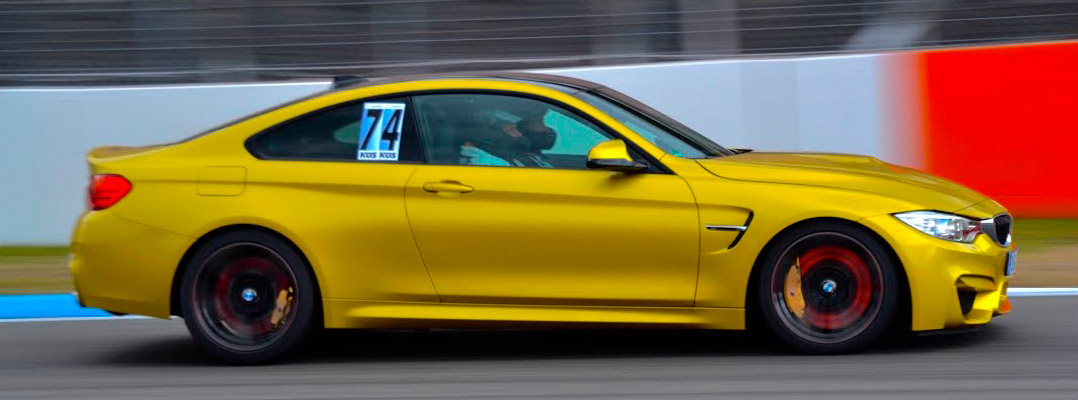
Which Is the Best Racing Brake Fluid?
Before we get into “Which is the best racing brake fluid” you need to first understand what it does and how it can cause a problems. On a race track the brakes have to work much harder than on the road and this makes them get extremely hot. When they get too hot, they can start to loose performance. You might have heard people talking about brake fade. What they’re usually referring to is the brake pedal going soft or completely going to the floor, combined with a fairly drastic loss of braking force.
On a race track brake fade can happen after just a couple of laps and can easily catch you out. This could often result in an impromptu trip into the gravel trap. The majority of people understandably assume it’s the brake pads that are faulty. More often than not it’s actually the brake fluid though.
How Does Brake Fluid Work?
Your braking system is filled with a hydraulic brake fluid. When you press the brake pedal it forces the fluid into the master cylinder and then down rubber or metal pipes to the brake calipers or wheel cylinders to actuate the brakes. Fluid is used to transfer the force from the pedal to the caliper because it cannot be compressed so gives a solid and consistent pedal feel.
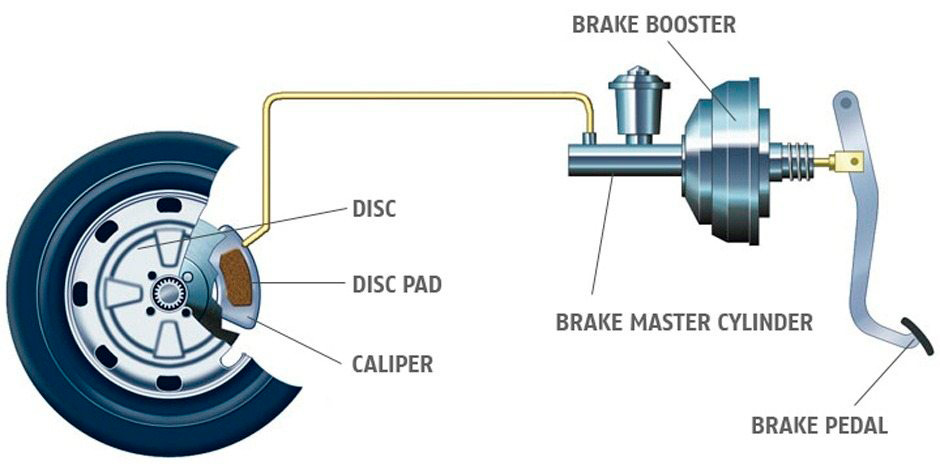
How Can Brake Fluid Cause Brake Fade?
The first thing you need to understand about glycol based brake fluids (which is what 99.9% of cars use) is that it’s a hygroscopic liquid. What that means is that it absorbs water from the atmosphere. Now this is hard to believe but so much so that, over time it can even absorb moisture through the walls of your ever-so slightly pervious rubber brake hoses! And we’re not just talking about a little bit. Over a 2 year period glycol based brake fluids can absorb up to 13% of their weight in water…
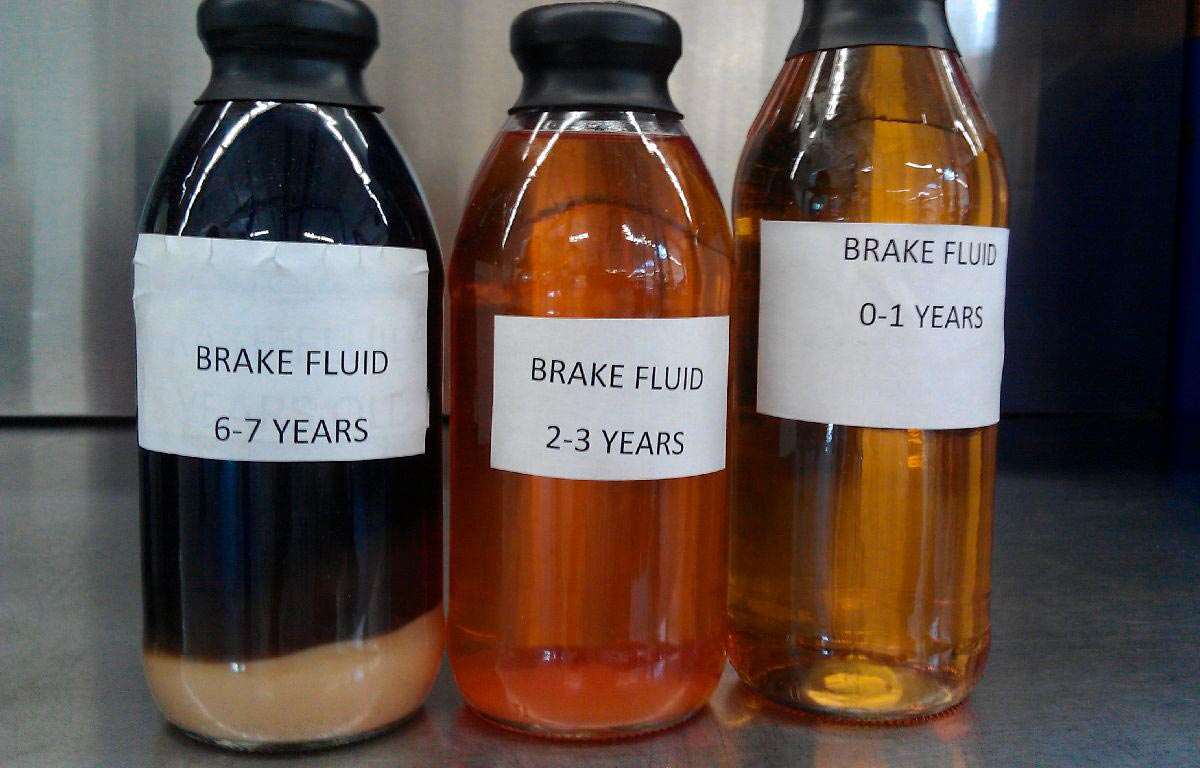
To understand why this is bad for your braking performance we need to think back to our physics class. Fluids cannot be compressed, whereas gasses can be compressed. If your old brake fluid has absorbed water, when the brakes get hot on track, i.e. above 100 degrees Celsius, that water will turn to steam and steam is a gas, which can be compressed. So that soft pedal that you feel when using old brake fluid or fluid with a low boiling point is actually your foot compressing the steam/gas that has developed rather than transferring the fluid to the calipers.
With road cars at least, brake fluid is probably the single most neglected component within the braking system. And if you have an older car there’s a very good chance the brake fluid hasn’t been changed in years, maybe decades. So even flushing out the old fluid for some fresh standard fluid could have a dramatic impact on the braking performance on the road or race track.
What Are Dry and Wet Boiling Points?
With all DOT 3, DOT4 and DOT 5.1 brake fluids you’ll see a dry boiling point and a wet boiling point listed in their specs. Brake Fluid is rated by dry boiling point (for fluid fresh out of the bottle) and wet boiling point (for fluid saturated with moisture). If you bleed brakes frequently, the dry boiling point is most important. If you do not change your brake fluid often, the wet boiling point becomes more important.
When it comes to track days and Motorsport, the higher the boiling point the better… to a degree, but more on that later.
What’s the Difference Between DOT3, DOT 4, DOT5 and DOT5.1?
DOT 3, 4 and DOT 5.1 are all glycol-based brake fluids. and are controlled by standards set out by the Department of Transportation (DOT) – hence the name.
The main difference between these 3 brake fluids is their boiling points. Part of the standards that need to be met by the manufacturers of DOT fluids are the minimum dry and wet boiling points. These are the minimum temperatures that the brake fluid must perform at before the brake fluid starts to boil, which can lead to complete brake failure.
Since DOT 3, 4 and 5.1 are all glycol-based brake fluids they are compatible with each other. This means that they can be readily mixed without harming your brake system. It is important never to mistake DOT 5.1 (glycol-based) with DOT 5 which is silicone-based and should never be mixed with any other DOT fluid. A common misconception is that DOT 5.1 is incompatible with DOT4 and the system has to be fully flushed if upgrading to 5.1.
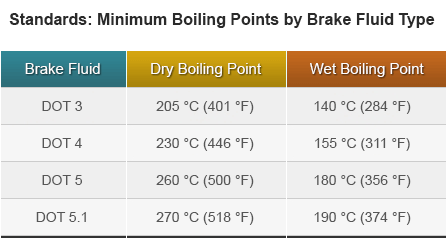
Which Are the Best High Performance and Racing Brake Fluids?
Racing brake fluids are almost always DOT4 but are just more refined than standard brake fluids to engineer higher dry and wet boiling points. We’ve compiled a table of some of the most popular racing brake fluids and their dry and wet boiling points in descending order. The thing to bear in mind when looking at this table is that there are huge variations in the price of these products and a lot of them may be complete overkill for your particular application.
For example, the braking system has a fairly easy time on a relative lively lightweight low powered cars. Which means that these cars work perfectly well all day long on bog standard brake fluid and never give any sign of brake fade. AP Racing Radi-CAL R4 Fluid would be a complete waste of money in this instance. But as vehicle weights and/or performance goes up so does the need for higher performing brake fluid. As an example a big, heavy M5/M6 on sticky track tires which could easily have north of 500 hp might really benefit from the very best brake fluid money can buy.
A good compromise between cost and performance is the Motul RBF660 or Motul RBF600.
| Brand Name | DOT Rating |
Dry Boiling Point °C | Wet Boiling Point °C | Compatible with DOT4 |
Viscosity |
| AP Racing Radi-CAL R4 | 4 | 340 | 204 | Yes | Normal |
| Pagid RBF 626 | 4 | 330 | 200 | Yes | Normal |
| Motul RBF 660 | 4 | 325 | 204 | Yes | Normal |
| AP Racing Radi-CAL R3 | 4 | 325 | 204 | Yes | Normal |
| Castrol SRF Racing | 4 | 312 | 270 | Yes | Normal |
| Motul RBF 600 | 4 | 312 | 205 | Yes | Normal |
| AP Racing Radi-CAL R2 | n/a | 312 | 204 | No | Normal |
| ATE Type 200 | 4 | 280 | 198 | Yes | Normal |
| Motul DOT 5.1 | 5.1 | 272 | 180 | Yes | Low |
| ATE SL.6 DOT 5.1 | 5.1 | 265 | 175 | Yes | Low |
| BMW Genuine DOT4 | 4 | 230 | 155 | Yes | Low |
Normal or Low Viscosity?
The genuine BMW DOT4 brake fluid is a low viscosity formula for modern ABS and DSC systems. It is compatible with other DOT3 or DOT5.1 fluids. BMW recommends low viscosity brake fluid for all chassis beginning with the E60 5-series after 2003. Low viscosity is a thinner fluid that works better than a normal viscosity fluid in the small channels and passageways in the ABS/DSC pump. Using the heavier fluid will result in a delayed response to ABS and DSC activation and a spongy feel in the brake pedal (only during ABS stops). For the track though it is always normal viscosity brake fluid. This is because of their higher boiling point and because low viscosity fluids will be too thin once exposed to typical track temperatures.


